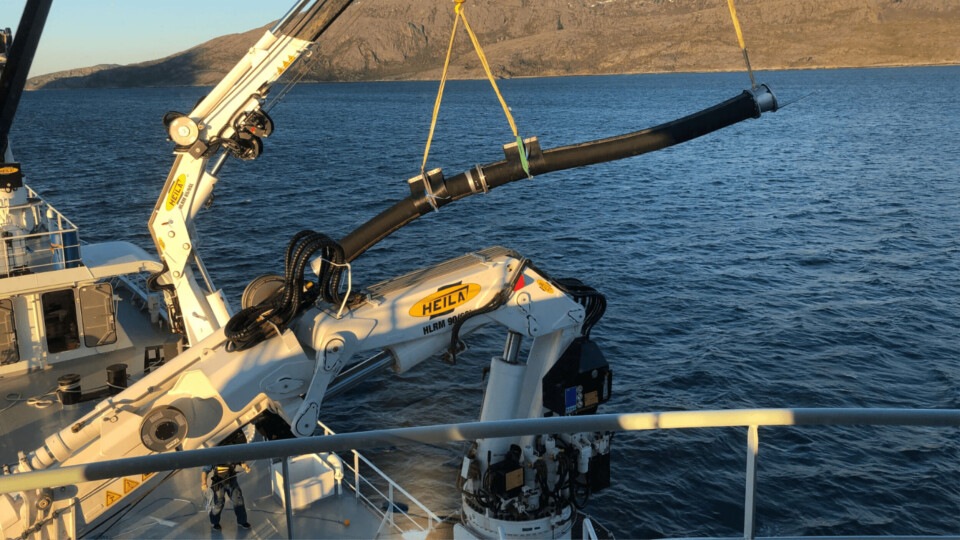
1,000 tonnes harvested in 21 hours at algae-threat farm
The state-of-the-art factory ship Norwegian Gannet has slaughtered more than 1,000 tonnes of algae-threatened salmon in just 21 hours to prevent the stock’s value being lost to blooms that have killed up to eight million fish in northern Norway.
The vessel is now on its way to Hirtshals in Denmark to deliver its cargo to its distribution centre. Its operators are aiming for a rapid turnaround so it can quickly return the harvest more fish.
Blooms of deadly algae of the Chrysochromulina genus have created major problems for salmon farmers in Troms and Nordland.

High-quality fish
Carl-Erik Arnesen, chief executive of the boat’s owner, Hav Line, told Fish Farming Expert’s sister site, Kyst.no, that the Norwegian Gannet arrived at the Jevik site belonging to Ballangen Sjøfarm on Thursday. The site is in the western half of the Ofotfjorden, a fjord badly hit by the algal blooms further to the east.
“In this situation there is no time to lose, so the boat began to work immediately. It extracted and slaughtered over 1,000 tonnes of salmon within 21 hours, and Norwegian Gannet is already well on its way south to Hirtshals to deliver the cargo,” said Arnesen.
The Hav Line boss told Kyst.no that the fish that were harvested are of the highest quality and had reached harvest weight. It is estimated that the value of such a cargo is around NOK 60 million (£5.4m).
“There are fantastic talented people at work, both in the boat and on the cages. The situation is cruel to those who lose value now, and they are under severe pressure. At the same time, it is simply impressive to see the activity in the area and the efforts made by farmers and suppliers. Cohesion is strong,” he said.
Local operators on board
There are long days both for the crew of the Norwegian Gannet and for everyone associated with the operation. Arnesen said they also have local process operators working in the on-board slaughterhouse so that they can harvest continuously.
“People are highly motivated and happy to contribute. I am very proud of how quickly the boat has managed to get in place and in action. We'll keep that pace as long as it’s needed,” he said.
Arnesen emphasised that Hav Line is working as quickly as possible in order to quickly return to the northern Norway, and he said the operation has gone very well so far.
Site not yet empty
Janne Andersen, regional director north of Norway’s Fisheries Directorate, told Kyst.no that at the Jevik site some fish had died previously, but that bloom mortalities had now stopped.
“The fish have died in two rounds. Only a little, then a new wave came with algae that took some fish. Then we got into the slaughter boat and salvaged a lot. The site is not emptied yet,” she said.
Asked how many fish were on the site, Andersen said: “A biomass report from May 1 showed that it was 3,321 tonnes. Norwegian Gannet has emptied two cages, so there are two cages left.”




















































